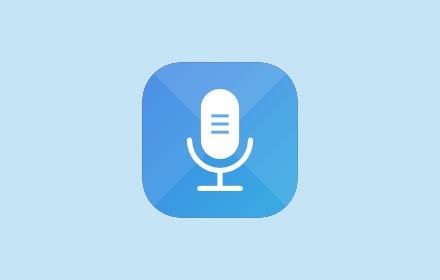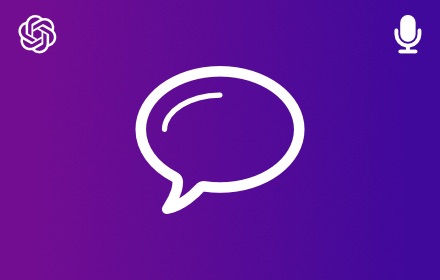Attention: the latest ChatGPT version wreaks havoc on Voice Control
An update has been released to fix the issue. Please reinstall to get the latest version of the extension.
Text-to-Speech Realism and Clarity: Crafting the Spoken Word with Precision
In the intricate world of audio engineering, achieving text-to-speech realism and clarity has long been a pinnacle to scale. With each passing year, the boundaries are pushed, and the uncanny valley that separates synthetic speech from the mellifluous tones of human oration narrows. This article delves into the latest advancements that enhance the fidelity and naturalness of computer-generated voices, and how they are revolutionizing communication across various sectors.
The Journey to Lifelike Synthetic Voices
The endeavor to perfect text-to-speech realism and clarity has transformed from robotic monotones to the dynamic symphony of human-like inflections we encounter today. At the core of these enhancements lies sophisticated machine learning algorithms that can analyze and replicate the nuances of human speech patterns. Companies like Google, Apple, and Amazon have harnessed the potential of deep learning to create vocal personas that are remarkably convincing in their emulation of human intonation and rhythm (1).
This journey to authenticity in text-to-speech voices has implications far beyond novelty; it is rapidly becoming a crucial accessibility tool for individuals with reading disabilities, providing them with an alternative means of processing written information. Beyond accessibility, the improvements have infiltrated the realms of entertainment, education, and customer service, where clear and realistic voices are an asset (2).
Text-to-Speech Realism and Clarity in Modern Applications
The use of text-to-speech realism and clarity is evolving from static announcements to dynamic interactions. In the customer service industry, virtual assistants employ these lifelike voices to offer a more engaging user experience, reducing the discomfort that often accompanies interactions with AI entities. In gaming and virtual reality, the enhanced realism of these voices adds depth and immersion, making the fantastical worlds seem all the more real.
Moreover, as the voice-first technology gains momentum, tools like Voice Control for ChatGPT are leveraging text-to-speech to make conversations with AI assistants like Mia more human-like, enabling users to communicate in a way that feels natural and engaging. The increased clarity and realism in these conversations allow for a deeper connection and more effective assistance with life and work tasks.
Advancements in Technology Paving the Way for Superior TTS Experiences
Behind the growing text-to-speech realism and clarity are path-breaking advancements in technology. WaveNet, a deep neural network for generating raw audio, was a game-changer when it was introduced by DeepMind. It provided a drastic improvement over traditional concatenative and parametric approaches, shaping speech with a human-like pitch, cadence, and tone (3).
Subsequent innovations have included techniques such as generative adversarial networks (GANs), which can refine synthetic speech further to reduce the mechanical feel and introduce variations that mimic human speech more closely. This technology continues to evolve, with researchers and engineers aiming to eliminate the barrier between AI-generated speech and the natural vocal qualities inherently unique to human speakers.
In conclusion, the art of audio engineering continues to redefine text-to-speech realism and clarity. As we progress towards more sophisticated algorithms and understandings of human speech characteristics, the gap between artificial and authentic voices is destined to close. Pioneering efforts in this field not only promise enhanced experiences across digital platforms but also herald a future where digital speech can be as expressive and intricate as our own.
(1) Google AI Blog. (n.d.). All about WaveNet technology. https://ai.googleblog.com/ (2) American Foundation for the Blind. (n.d.). Text-to-speech technology as an accessibility feature. https://www.afb.org/ (3) DeepMind. (n.d.). WaveNet: A generative model for raw audio. https://deepmind.com/
Subscribe to our newsletter
Subscribe to our newsletter for tips, exciting benefits, and product updates from the team behind Voice Control!
Other projects from the team

Talkio AI
The ultimate language training app for the browser that uses AI technology to help you improve your oral language skills.

VoiceType
Simple, Secure Web Dictation. VoiceType brings the convenience of voice-to-text technology directly to your browser, allowing you to input text on any website using just your voice.

Voice Control for Gemini
Expand the voice features of Google Gemini with read aloud and keyboard shortcuts for the built-in voice recognition.